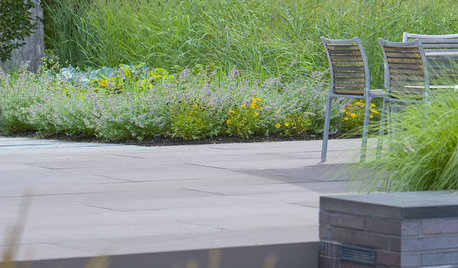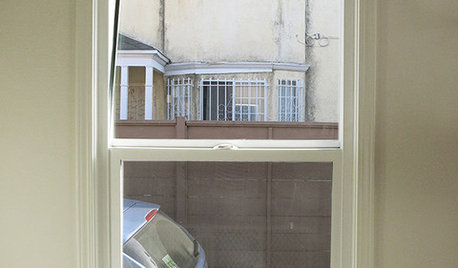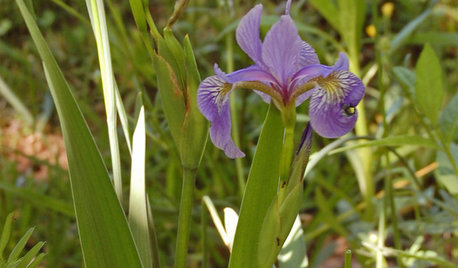6 inches-correct planting depth for daffs?
phylrae
17 years ago
Related Stories

GARDENING GUIDES6 Unsung Bulbs for Fall Planting
Don't hang up your spade after summer — plant these unusual bulbs in fall for a spectacular spring show
Full Story
FALL GARDENINGWhy Fall Is the Best Time for Planting
Spring is overrated for planting. Starting plants in autumn has advantages for both garden and gardener
Full Story
GARDENING GUIDES6 Steps to Creating Your Butterfly Garden
Encourage these fanciful winged beauties to visit your garden while helping restore their fragmented habitat
Full Story
FALL GARDENING6 Trees You'll Fall For
Don’t put down that spade! Autumn is the perfect time for planting these trees
Full Story
FLOWERS AND PLANTSPanicum Virgatum, a Prairie Beauty Many Gardeners Can Enjoy
Switchgrass adds color through the year and is a natural ‘seed feeder’ for birds
Full Story
WINDOW TREATMENTS6 Ways to Deal With a Bad View Out the Window
You can come out from behind the closed curtains now. These strategies let in the light while blocking the ugly
Full Story
FARM YOUR YARDHow to Build a Raised Bed for Your Veggies and Plants
Whether you’re farming your parking strip or beautifying your backyard, a planting box you make yourself can come in mighty handy
Full Story
GARDENING GUIDESGreat Design Plant: Iris Versicolor
A versatile native iris for bridging wet and dry gardens
Full Story
GARDENING GUIDESWhen and How to Plant a Tree, and Why You Should
Trees add beauty while benefiting the environment. Learn the right way to plant one
Full Story
GARDENING GUIDESHow to Plant a New Lawn From Sod
Take the quick-start route to turf with sod; these installation guidelines will help ensure a healthy and long-lasting lawn
Full Story





limequilla
phylraeOriginal Author
Related Professionals
Benbrook Landscape Architects & Landscape Designers · Newcastle Landscape Architects & Landscape Designers · Brentwood Landscape Contractors · Edmond Landscape Contractors · Azalea Park Landscape Contractors · Berwyn Landscape Contractors · Braintree Landscape Contractors · Estelle Landscape Contractors · Hawthorne Landscape Contractors · Hilton Head Island Landscape Contractors · Indianapolis Landscape Contractors · La Vista Landscape Contractors · Riverview Landscape Contractors · Tavares Landscape Contractors · Twin Falls Landscape Contractorslimequilla
flowers4u
limequilla
phylraeOriginal Author
limequilla
lucysue
limequilla
lucysue
susanlynne48